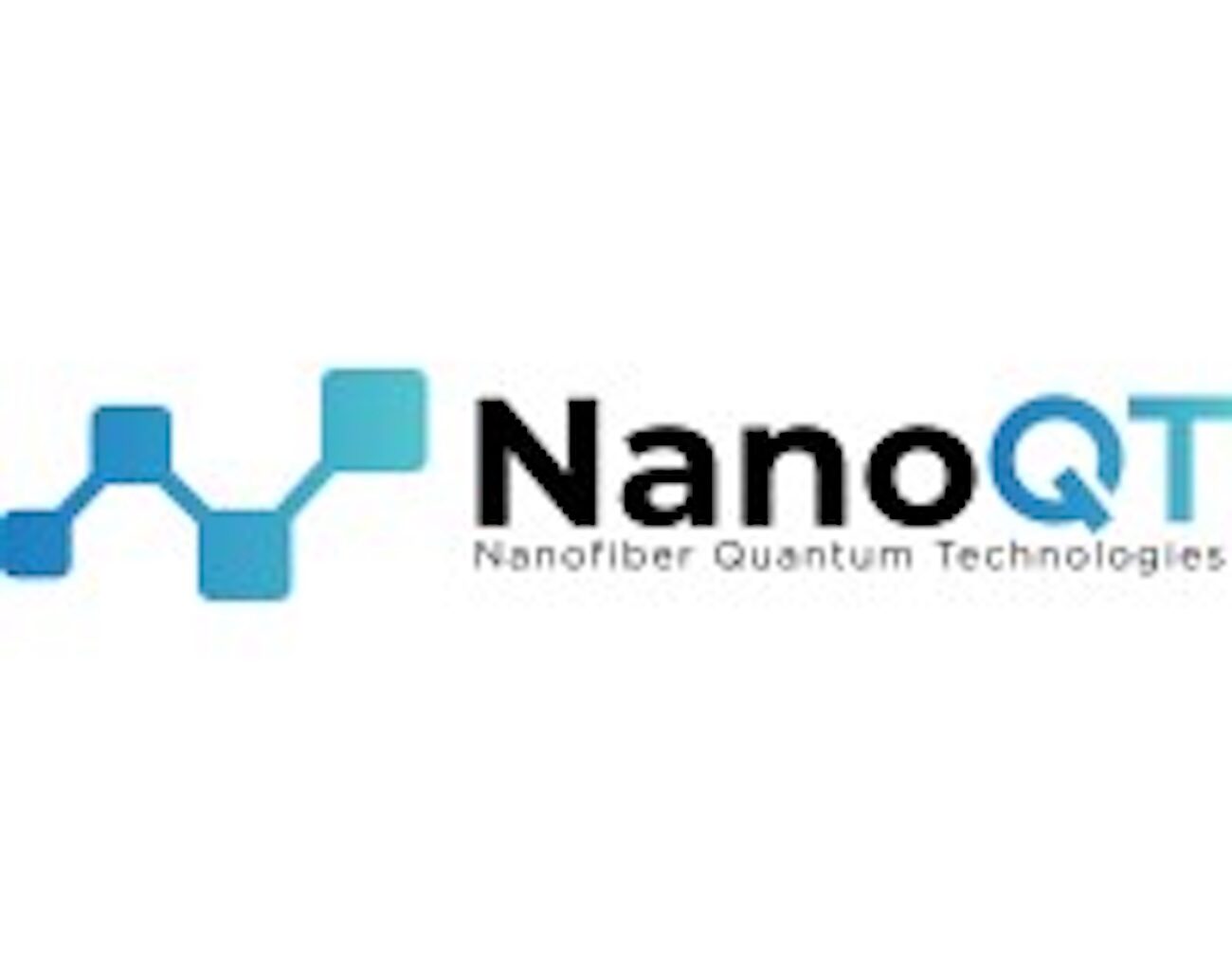Nanofiber Quantum Technologies (NanoQT) is a company at the forefront of quantum computing, focusing on the innovative development of ultra-low-loss nanofiber cavity-QED (quantum electrodynamics) interconnects specifically designed for quantum processors. In a significant milestone, the company announced the successful first closing of its Series A financing round, securing $14 million in capital. The round was led by Phoenix Venture Partners (PVP) and included participation from Brevan Howard Macro Venture Fund. Additional backing came from existing investors: WASEDA University Ventures, Inc. (WUV), JAFCO Group Co., Ltd., Mirai Creation Fund III (managed by SPARX Asset Management Co., Ltd.), and Keio Innovation Initiative (KII).
This recent financing effort is bolstered by the receipt of over $20 million in government research and development grants from both Japan and the United States. These grants play a crucial role in facilitating NanoQT’s ambitious roadmap, thereby enhancing its capabilities in the field of quantum technology.
The development of quantum interconnects represents a vital area in quantum technology. These devices are imperative not only for the modularization of quantum processors but also for the advancement of integrated, networked quantum systems that can communicate and collaborate over distances. NanoQT’s unique approach utilizes an ultra-low-loss nanofiber cavity that functions effectively as a fiber-optic interconnect, enabling the highly efficient conversion of qubit signals into photonic signals. This conversion process is fundamentally grounded in the principles of cavity quantum electrodynamics (QED), a field that explores the interaction between light and matter at the quantum level.
The company’s inaugural product is meticulously engineered for use with neutral-atom quantum processing units (QPUs), which are acknowledged in the industry as one of the most scalable architectures within quantum computing. Despite their scalability advantages, these systems are anticipated to encounter limitations in per-unit scalability within the next few years.
NanoQT’s interconnect technology offers a strategic solution to surpass these constraints, while simultaneously positioning the company to capitalize on the burgeoning quantum repeater market—a critical component for establishing long-distance quantum networks that would enable robust quantum communication.
NanoQT has laid out plans for various initiatives. These include the demonstration of a distributed quantum computing system that leverages their interconnect technology along with standard fiber links. And the company aims to fully productize the nanofiber cavity-QED interconnect specifically for neutral-atom QPUs, enhancing the accessibility and applicability of their technology. To support these efforts, NanoQT is committed to expanding its engineering and manufacturing capabilities, with facilities located in College Park, Maryland, as well as Tokyo, Japan. This expansion will not only facilitate increased production but also enhance collaboration within the global quantum technology community.
KEY QUOTES:
“An interconnect engineered for QPUs is the missing link in today’s market and will soon be a major bottleneck to achieving scalable fault-tolerant quantum computing. Our proprietary nanofiber-cavity interconnect is highly demanded not only for scaling up quantum computing but also for integrating QPUs with quantum communication capabilities.”
Masashi Hirose, Ph.D., CEO and Co-Founder of NanoQT
“We are delighted to continue supporting NanoQT’s breakthrough. NanoQT has demonstrated steady R&D progress, and we believe the company will deliver a disruptive impact in the quantum computing and networking field.” “NanoQT is the best positioned in the quantum field to disrupt interconnects.”
Nobi Kambe, Ph.D., Managing General Partner at Phoenix Venture Partners (PVP)

